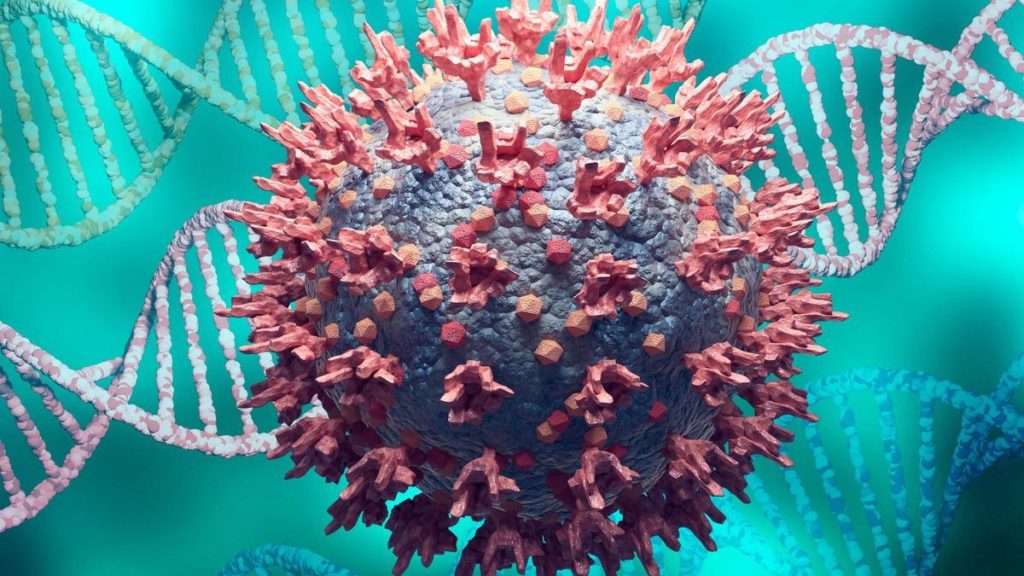In a recent study posted to the bioRxiv* preprint server, researchers used a novel mathematical model to simulate severe acute respiratory syndrome coronavirus 2 dynamics inside the host.
Historic data indicates that virus-induced pandemics gradually end, like the 2009 H1N1 virus-induced pandemic and the 1918 flu; likewise, the virulence of SARS-CoV-2 appears to be declining; thus, the observed decline in the virulence of its variant of concern Omicron compared to Delta.
Moreover, many studies have evaluated the viral assembly capacity; the linkage between viral assembly kinetics and viral evolution has remained relatively unexplored.
In the current study, researchers examined how mutations in SARS-CoV-2 N protein and mRNA affected its assembling capacity and altered its clinical features, including virulence and transmissibility, to track the SARS-CoV-2 evolution.
The first mathematical model, the coarse-grained model, used ordinary differential equations to describe the dynamics of the virus together with antibodies.
The proliferation of the antibody correlated with its binding complex since this binding complex further stimulated the regeneration of specific antibodies and did not account for antibody waning in the analysis.
The virulence of the virus, i.e., when a virus is generating heterogeneous proteins at its peak, is directly proportional to the overall immune response.
Mutations led to an increment in the binding energy between capsid protein and mRNA and capsid monomers.
The antibody concentrations also reflect the toxicity of a virus, i.e., the sum of mRNA, replicase, and structural protein generated by stimulation.
The overall particle number is the cumulative virus number over time; a higher value indicated that mutations that promoted the viral packing process displayed an evolutionary advantage over the original strain.
Overall, the study findings pointed at the underlying mechanism behind the intricate transmission-virulence trade-off, a phenomenon that explains why virulence and transmissibility go hand in hand.
First, the study findings indicated that the binding force between capsid protein and mRNA was the driving force behind the evolution of SARS-CoV-2 and its optimal value ensured that maximum viral particles were packed.
Second, a novel virus is more likely to cause a future epidemic because its virulence will decrease to increase its transmissibility.
She has experience in pre-clinical research as part of her research project in The Department of Toxicology at the prestigious Central Drug Research Institute , Lucknow, India.
